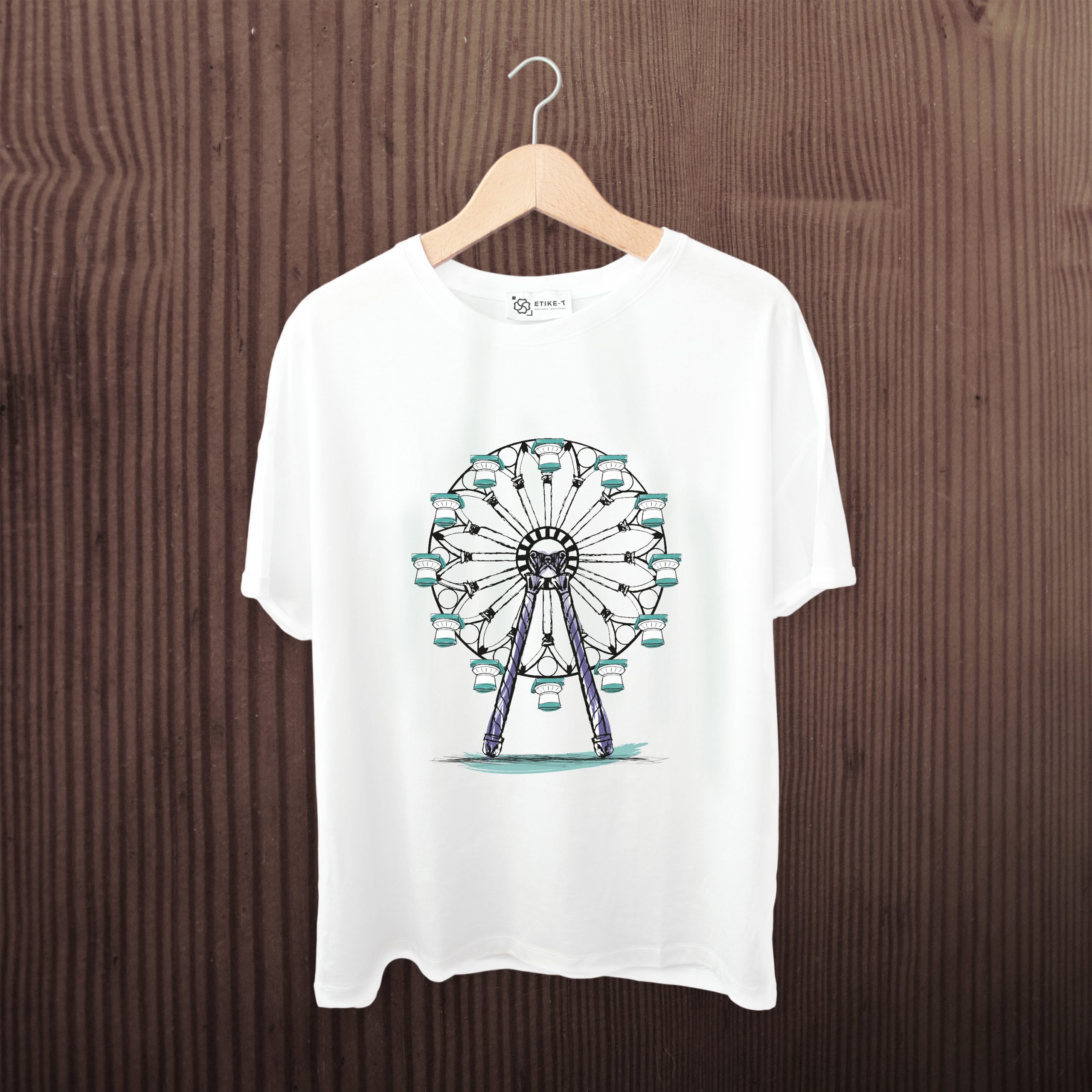Ruota ENG
THE MANY FACES OF SAN DOMENICO

Oriented towards Mar Grande, one of the two seas of Taranto, the church of San Domenico stands out among the ancient buildings of Città Vecchia, the oldest and historical part of the city, to greet those who crowd the port.
The church is an example of Romanesque architecture: with its Latin cross plan, it spreads over a central nave and an aisle on the left, which gives access to four side chapels.
Indeed, the structure of the building has been affected by a secular process of stratification: the foundations lay in fact on the ruins of a Greek temple dating back to the 6th century BC, which is still visible through ten open hatches on the floor; on those ruins, the church of San Pietro Imperiale was then built during the 11th century.
Only in 1302 the church began to look like what is so familiar to today’s people of Taranto: when the French-Provençal feudal lord Giovanni Taurisano came to the city following Charles II of Anjou; he commissioned the rebuilding of the church, as evidenced by the inscription in Latin on the coat of arms placed on the entrance portal. The Dominican fathers settled there soon after, and in 1349 the church was finally named after San Domenico de Guzmán.
Those typically fourteenth-century stylistic features are still intact on the façade: the ogival portal, as instance, with its pointed arch structure on the top. Yet, what really does catch the eye, is the splendid rose window: classified as one of the most important examples of Apulian art, it stands out for its beauty and size in the list of “Rose windows of Apulia”, among the candidates to become UNESCO World Heritage.
A keen eye will recognise at first glance the rose window’s belonging to a period of transition between Romanesque-Apulian art, characterized by Greek-Italic and Roman elements, and the irrepressible Gothic style.
An example of classical inspired features is for sure the beautiful alternation of arches and rings along the circumference of the rose window; whereas the new Gothic style is expressed in the lateral hanging columns, which have not a smooth circular section anymore, but are by this moment decorated with deep grooves arranged in a spiral shape.
Above the columns, between the capitals and the shutters of the arch, there are two lions facing each other.
At the centre of the rose window, the Lamb is depicted, symbolising Christ. Just above the window, the coat of arms of house of Anjou, in relief on the façade, states the feudal investiture of the Taurisano family.
Of the many renovations the church has undergone, the 18th century’s one is particularly significant: the addition of the two-flighted baroque staircase, which was and still is necessary for the access to the church after the creation of Pendio San Domenico, a slope connecting Via Duomo to the lower part of the island.
Yet, for those born and raised in Taranto, the church of San Domenico is much more than a simple historic building: the strong bond between the church and the citizens is written in the city’s DNA and goes deep down in popular roots.
San Domenico is indeed the protagonist of the Holy Week’s Rites, ancient pride of the biggest tradition of the city.
In fact, San Domenico hosts the statue of the Virgin of Sorrows. At the stroke of midnight on every Holy Thursday, the Virgin goes out in the streets of the city looking for Jesus, following a very moving and long procession, which then takes her back to her historic chapel in the early afternoon on Good Friday.
THE COLOSSAL SURVIVORS OF TARANTO:
THE DORIC COLUMNS

Some archaeological findings brought to light during the excavations for the discovery of the temple, suggest that it was dedicated to one of the female deities, probably Artemis, Persephone, or Athena. However, the temple was initially attributed to the cult of Poseidon, god of sea: according to some reconstructions, it overlooked the navigable canal, with the front facing east as per Hellenic tradition.
Although the centuries have bequeathed the city only the two historic columns and the base of a third one, according to some studies the temple was originally made up of six columns on the short side and thirteen on the long side.
Still, until the 18th century the remains of the Doric Temple of Taranto counted about a dozen columns: in the commentary of the Deliciae Tarentine by Tommaso D’Aquino, Artenisio Carducci mentioned “ten pieces of Doric columns”, thereafter destroyed to let the construction of the Celestine Convent begin. Only one of the ten columns remained to witness the ancient existence of the temple, completely embedded in the structure of a small courtyard, whereas its capital was used as a balcony.
In 1881, when the archaeologist Luigi Viola undertook the excavation works to find the temple, not only was the shaft of that single visible column cleared of all the layers of plaster, but also the lower drums of the column were found, together with the second capital, which was completely embedded in the structure of the convent. Still, the Convent (which in the meantime had become a military district) wasn’t demolished until 1902, to ease the building of Palazzo delle Poste (the Post Office Building). When the first blocks of carparo came to light, the subsequent interruption of the construction works caused a heated dispute between the Ministry of Public Education and the Ministry of Communications, as the latter demanded compensation for the non-use of the area. The issue was solved by a letter from Mussolini, sent to Costanzo Ciano, then Minister of Communications, who waived his claim and erected the building in its current location, the Borgo Nuovo, in the new area of Taranto.
During the seventies, the Convent was demolished after falling into decay. The superintendency of Archaeological Heritage recovered the columns inside the church, and provided for their restoration, bringing to light the ancient splendor of the acropolis of the city.

